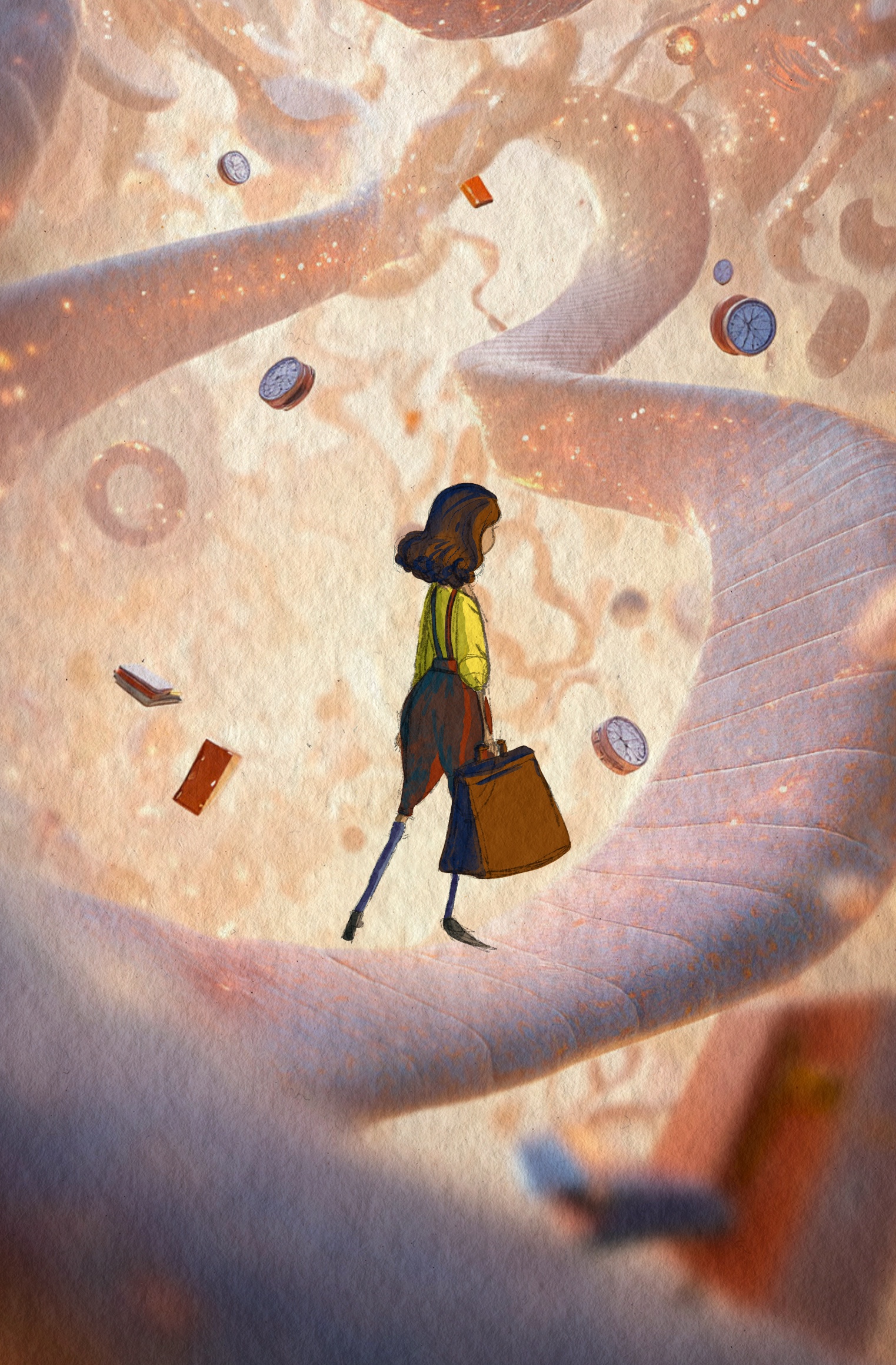Digital Entanglement: Thinking With and About Digital Artifacts
Abstract
Object-oriented cognition suggests that human thinking and perception are largely based on our interactions with objects in the world, and that our ability to recognise objects and understand their properties is fundamental to how we make sense of the world. Similarly, Enactivism emphasises the role of bodily interactions and experiences in shaping our cognitive processes, from imagining or remembering to scientific models that help advance our understanding of the world. However, the ubiquitous presence of digital technologies in our daily life implies that the nature and properties of artifacts as a means of directing cognition are impacted by a redefinition of the material properties of those artifacts. Digital Ontophany (Vial, 2018, 2019) argues that technologies generate cyclical changes in the way we perceive things (ontophanic shifts). These shifts affect our phenomenological experience of the world and have the power to change our idea of what is possible. Through a mix of micro-phenomenology and micro-ethnography, this research collects first-person accounts of the experience of learning with digital devices in a secondary school in Aotearoa New Zealand, as a way to shine light onto the black-boxed assemblage of learners and devices. The main aims of this presentation are to introduce a comprehensive literature review that supports this research and to discuss the initial findings, which indicate the emergence of a new dynamic of digital artifactuality that materialises new conditions of possibility and a redefinition of embodied dexterity.
Downloads
Metrics
References
Vial, S. (2018). Ontophany Theory: Historical Phenomenology of Technology and the Digital Age. In French Philosophy of Technology (pp. 385-400). Springer.
Vial, S. (2019). Being and the Screen: How the Digital Changes Perception. Published in one volume with A Short Treatise on Design. MIT Press.
Copyright (c) 2023 Cristian Rodriguez
Article text:

This work is licensed under a Creative Commons Attribution 4.0 International License.
Photos:
The images in Rangahau Aranga are not covered by the Creative Commons license and are subject to copyright. Permission to reproduce this material must be sought from the copyright holder concerned.






